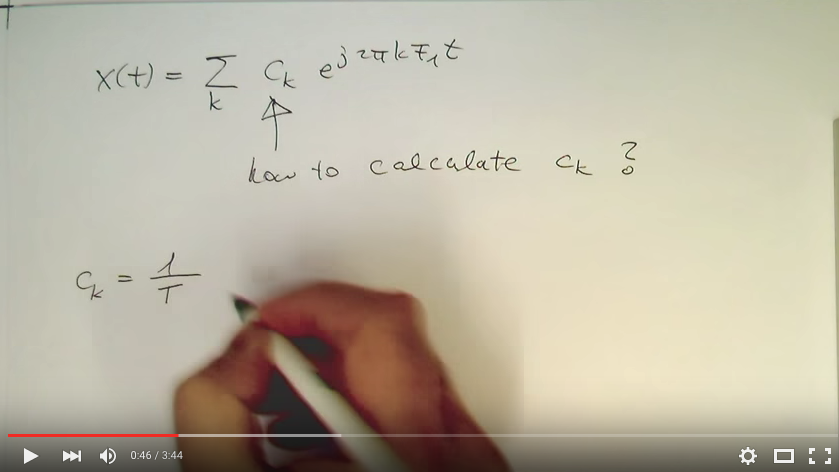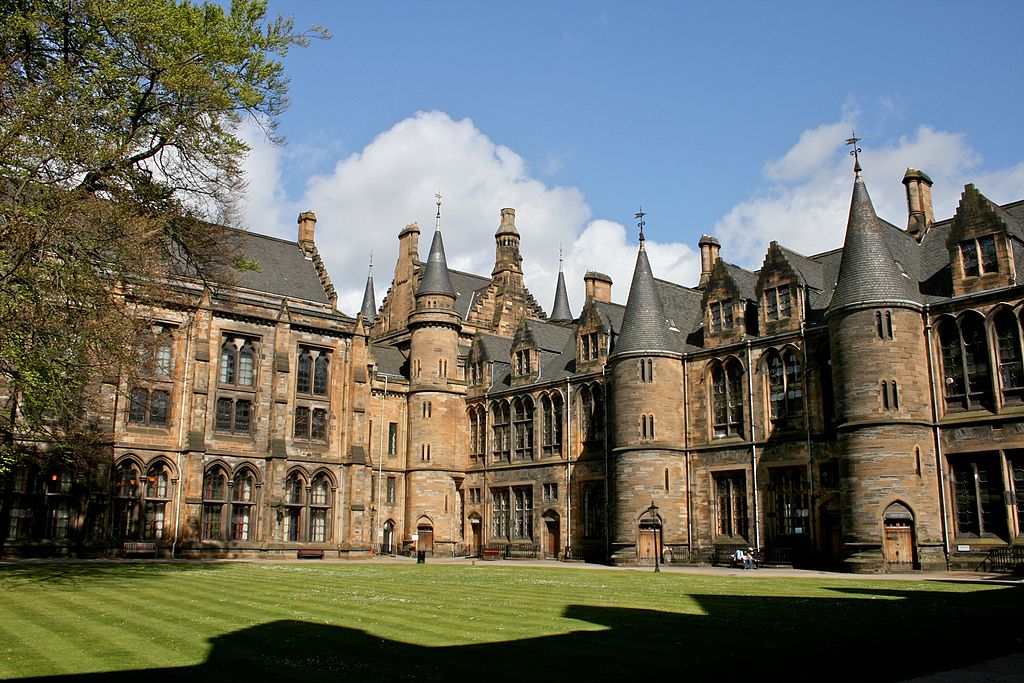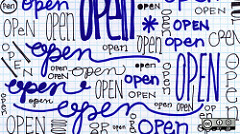
It is based on two pilots. The first looks at the role of design thinking in meeting some of the interdisciplinary challenges associated with the Scotland’s Curriculum for Excellence where we used systems approaches and Design Thinking to create problem based curriculum negotiated and emergent, then constructed from “found” content. The second looks at the use of the Open University’s Open Science Lab within Scottish Schools. Here we worked with teachers and a Local Authority to identify relevant virtual experiments and simulations for the curriculum and developed a learning journey to support their use by pupils in the classroom. In addition we also draw on experience of working with teachers exploring open education within our MEd programme, and mapping exercises where we worked with Education Scotland to match openly licensed content onto the curriculum of the New Scottish Physics Higher.
Aims of the article
It is not the intention of this article to look simply summarise these initiatives, you can follow the links to learn more about what we actually did. Nor to create a glossy sense of how well they went. Instead, the attempts to tease what we, with our background in Higher Education, and our approach to Open Educational Practices (OEP) have learnt, and share some of the questions we still have.
Explain the Underlying Ethos of an Approach
I think one can sense within the ethos of these approaches the influence of participatory and co-design, the extension of openness beyond content licences and even pedagogic design to consider how end users inform and are empowered through the co-creation of content. It is not say this is the only approach, it is time consuming, it can make you feel exposed, and the outcomes are often unexpected. In the first initiative where I worked with teachers and pupils to co-design a curriculum based on a series of co-creation design briefs one of the issues we encountered was uncertainty. Not just the uncertainty inherent in the process or curriculum as open and emergent, nor even about the idea of using design frameworks as a structure. It was about the role of uncertainty within the curriculum. Teachers expressed a disquiet if they felt pupils did not know what they were doing, while uncertainty or exploration might be something we look to create within the HE curriculum, schools are about destinations, and in my experience (limited as it is), the learning opportunities for pupils and teachers would have been enhanced if uncertainty was more carefully structured. In our subsequent work with Open Science Lab we might have overcompensated, creating a much clearer pathway, and perhaps removing opportunities for independent learning, but we are learning.
Timetables, Homework and Firewalls
It seems obvious but Schools have systems, operational systems that control and monitor where pupils are and for how long, and computer systems to protect whose design tends towards closing access to the “outside internet”. Lesson time is short, if you are coming in then you need to be introduced which shortens it even more. Double periods can help, but so can careful planning. When identifying suitable resources, or designing a learning pathway you need to be mindful of these time constraints. In part this was why we worked with teachers in Open Science Lab, they knew the content of the curriculum, but also how to structure the learning journey in a way that fitted into the school day. If the resources are digital then this becomes not just an issue of timing but also of access, does it work across all browsers (even older versions) is one thing to check. The most important thing to check is, will they be able to access it in school. Schools block many sites, YouTube, TedTalks, iTunesU, OpenLearn. They can be unblocked, but it takes time and effort. While you can get round this by asking pupils to access content at home for discussion in class – “Flipped Classroom” – we found classroom access was often still required to allow pupils to refresh their learning and teachers to reinforce particular aspects. Again, we rely on the experience of teaching staff who are presented with these technical and pedagogic challenges all the time. Our lessons here were teachers know about the limits of the classroom, what can be done in a lesson and how to plan across lessons and how to get around IT problems.
Partnership, Trust and Scale
Scale is an important consideration, spatial and temporal. The OU has a national remit, the curriculum is a national concern. However, delivery is local, teachers are recruited and supported at regional scales by local authorities, it may be a national curriculum, but it is enacted at a very local level. While we have found the support and encouragement of national organisations to be vital, where we have done things that have worked, it has been by creating local partnerships. Then we have the temporal element. Scottish schools are undergoing a lot of changes, many seem to be still struggling with integrating CfE, and are nervous about the roll out of new qualifications. This offers opportunities to work with schools, working with teachers to look at approaches to interdisciplinary thinking, and/or plugging experience or content gaps within the curriculum. However, it also means that teachers and local authorities are under tremendous pressure, and the initial investment in developing approaches to using free and open content can seem superfluous.
All the things we have done have taken much longer than we anticipated. Partly this relates to finding space within the curriculum, either to do something different that enhances learning, or even when looking to replicate existing practice. As our approach tends to focus on working with teachers we found the pace of development tending to slow around exam time, the autumn/winter terms tended to be most productive. But it also relates to the time it takes to build relationships, establish trust and common ways of working. This is not peculiar to open educational practice, all partnerships require the development of trust. However, the use of open and free resources in the classroom is still regarded as being risky, and it is important to recognise this and work people to understand the nature of those risks.
For the OU the question of scale is one that tends to be on our minds, and it is a hot topic in the SFC as well. Above I advocate an approach to spending time building local relationships. However, it is important to think about how it (if) works at scale. Intervening at different scales has helped. With Open Science Lab we started at the national level with Education Scotland, then to the Local Authority, and then into schools. This kept critical questions around how this would work regionally and nationally in our minds. We designed the learning journeys in such a way that the teachers created learning packs for fellow teachers, the idea being once piloted it can be rolled out through teachers networks, which happened informally even before the end of the pilot. Next is loading things into Glow (the compulsory education intranet), in addition we realised the need to cascade through teachers support networks, this means going to staff development events. Thinking about scale raised other questions about the breadth of any offer, and we are developing a larger pilot based on the same teacher led approach but looking at a broader range of experiments in neglected areas of the curriculum.
Conclusions
In many ways the lessons we have learned from working with free and open content with schools are the lessons any HE provider learns when looking to develop partnerships in another sector. The importance of understanding the context in which your partner operates, of understanding being able to communicate and adapt your own context, taking time, building trust. Being open in your educational practices might accentuate those lessons, about trust, but generally (echoing other research in this area) I have found the licence questions that might occupy HE are less important than the use to which resources might be put. The hook is often the free and online element, the realisation that it might not be more cost effective in the short term the barrier, with the long term interest often sitting around the process of developing teacher’s and pupil’s literacies around the creation and use of open online resources. What I mean is that our approach to extending openness and working with end users as co-designers (despite, and maybe even because of its imperfections), seems to be as valuable as the resources created.
Image source: The OpenScience Lab
Originally published on 3 September 2015 - 1:13pm • by Ronald Macintyre


